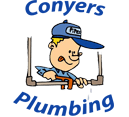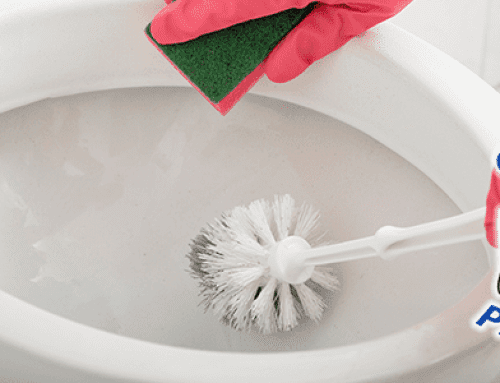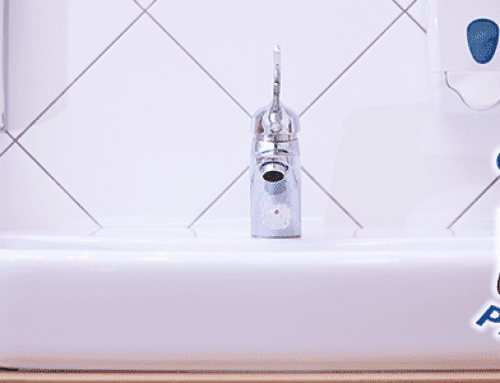Plumbing is a necessity that the majority of Americans do not give a second thought. More often than not, the only time that people worry about their plumbing is when it no longer works. In this article, we will discuss the basics of plumbing, a.k.a. plumbing 101, so that if you are ever in the need of a professional repair, you will have some plumbing 101 knowledge on how to diagnose the issue.
House Plumbing Systems
There are two types of plumbing systems found in homes. Those systems are as follows:
- Water Supply System
- Drain Water Vent System (DWV)
What is a Water Supply System?
As the name suggests, a water supply system is a system that supplies the house with useable freshwater. The water comes from one of two sources:
Private Well Water System
Firstly, you must dig a well into an aquifer. Then, a system of pipes and pumps draws water from the aquifer and into the home.
Municipal Water System
A large pipe runs underground throughout the city, with smaller pipes connecting from homes. Those smaller pipes carry the water from the municipal water supply to peoples’ homes.
The water supply system has a shutoff valve that will completely prevent water from entering the house. This shutoff valve is essential in cases of major leaks or repairs that need to be done to the system.
Why is Pressure so Important?
The water supply system relies heavily on pressure. The pressure is used to make the water flow from the source to your home. Although the systems can be built to utilize natural pressure, more often than not, additional mechanisms are installed to help create additional pressure.
When there is a lack of pressure to supply water into a home, this can impact the functionality of many plumbing features such as showers or sinks. Low pressure can be a warning of a leak or a blockage in the pipes.
What is a Drain Water Vent System (DWV)?
A DWV is a system in which waste or used water is discarded from the house. DWV relies on gravity to work. The DWV sends the wastewater into the municipal sewage system or to a septic tank. The DWV has three main components
Part One: Drain Pipes
Drain pipes are the pipes attached to the bottom of a sink, tub, toilet, etc. The wastewater travels down the drainpipe with the help of gravity. These pipes tend to be bigger than water supply pipes to allow solids to pass through as well.
Part Two: Drain Traps
Drain traps are U-shaped pipes that prevent the backflow of waste.
Part Three: Drain Vents
Drain vents are vents on the roof of the house that allows air into the system to allow smooth drainage.
In Conclusion
If you are having an issue with either one of your plumbing systems, give us a call and we will send one of our trained, licensed technicians to come and evaluate the problem and offer you a solution.




